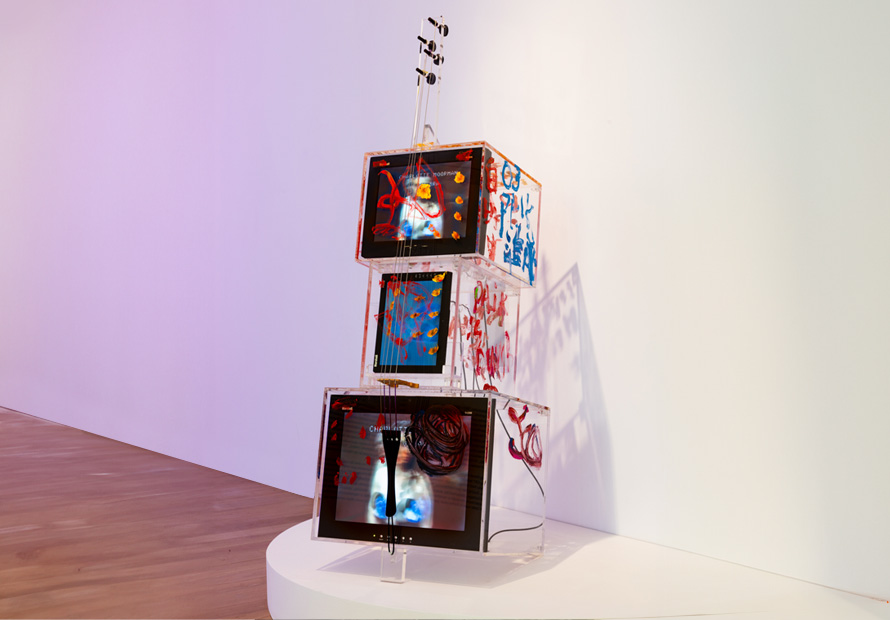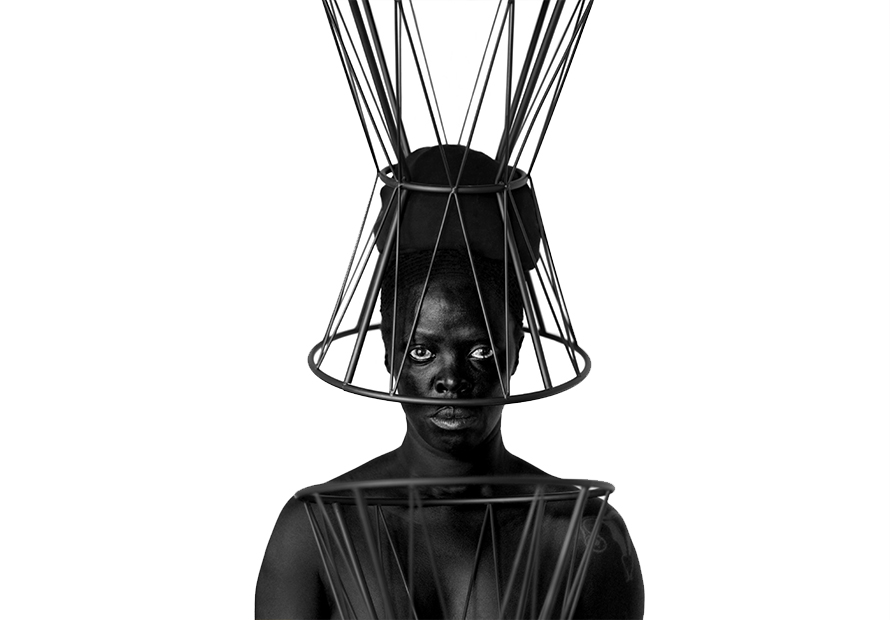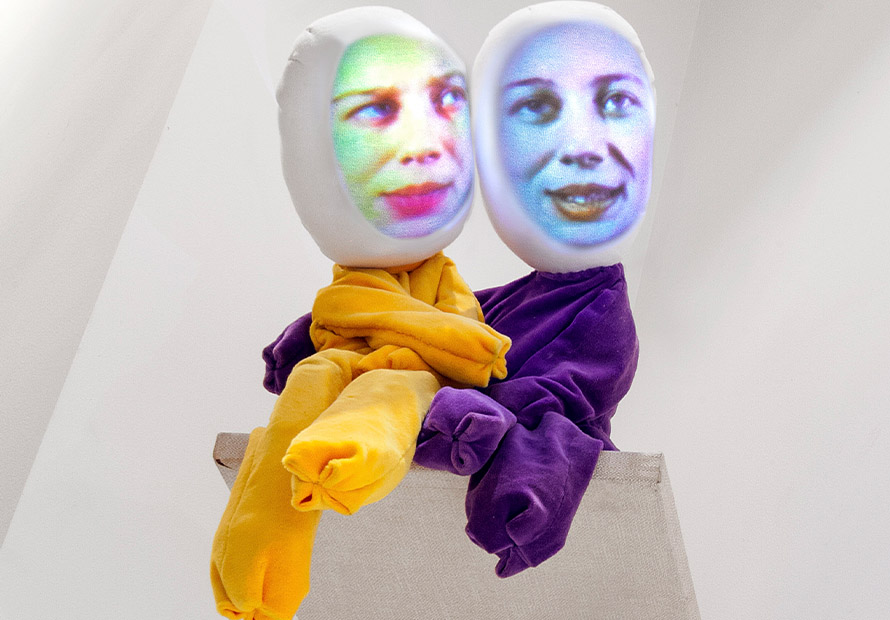VARIOUS ARTISTS
PERFORMING PERSPECTIVES: A COLLECTION IN DIALOGUE
The Bass Museum of Art announces a new exhibition of works from the museum’s permanent collection as part of the 2024-2025 fall season, Performing Perspectives: A Collection in Dialogue, on view August 28, 2024.
Performance is a crucial and pervasive factor of contemporary life. Interpreted widely, the term may refer to our work lives and professional roles or the personas we present on social media. There is also the choreography we undertake negotiating physical movements through space or accessing information online, both activities that involve some degree of interaction with private interests or public authorities. There is the performance of place, as in cities that enact the expected behaviors of tourist destinations (like Miami Beach). And of course, institutions must perform. Museums, especially, are called to bring audiences together for transformative experiences—in a sense, performing with art.
Performing Perspectives: A Collection in Dialogue is a new presentation of The Bass’s permanent collection, featuring artworks from the Early Renaissance to the present-day. The exhibition aligns with the museum’s commitment to think with and alongside its audiences, offering a space and context to meaningfully engage with art and ideas. With this selection of works, we offer three themes, or anchors, to support the installation: Performance of Self, Backdrop for Performance, and the Indexicality of Performance. Each theme sparks an exchange between the images, scenes, materials, spaces, and ideas on view. In this way, the works of art are called upon to “perform” a range of contemporary perspectives—including yours.
PERFORMANCE OF SELF
The early 2000s marked a significant shift towards the marketing of individual identity with the rise of digital personas. Platforms like Myspace, YouTube, and Facebook signaled (in name and function) the elevation of individual identity and personal expression above all else. Today, the words written in emails and social media posts are trolled and analyzed in algorithms that, in turn, supply and satisfy individual needs, consumer desires, and public demand.
Consumerism, play, gender, news media, and labor are some of the contemporary threads running through this selection from the collection. Yet, as these works attest, the projection of persona and the performance of identity for the public realm is nothing new. From theatrical photographs of the 1920s avant-garde, to artist self-portraits in everything from oils to augmented reality, to the performativity of nationalism, the individual has always been central to the making and meaning of art. Through these diverse expressions, we see how personal and collective identities are continually performed and redefined, inviting viewers to reflect on their own roles within these dynamics.
BACKDROP FOR PERFORMANCE
Humans are innately responsive to the environments and situations we experience. Our behavior changes—physically, psychologically, and socially—when we inhabit or move between different spaces, whether traversing geographies and climates, or crossing cultural and national borders. In commonly shared spaces, like a school, library, or museum, the performance of social interactions is often modeled through observing others, creating a shared understanding of how to act in specific environments. In this way, we learn to “read” spaces and situations, and act accordingly based on infrastructures that historically regulate behavior. We move through private and social spaces like actors following cues taken from the world around us.
From our immediate reaction to seeing the shape of the United States, to the playful invitation of a shadowbox theater, to the varied associations we bring to viewing Old Master paintings, this section of the collection points to an array of images, forms, and physical spaces that influence our perceptions and interactions. These elements mold the artificial constructs of life—the world as a stage, and the internalized roles we play—guiding how we perceive and engage with our surroundings.
INDEXICALITY OF PERFORMANCE
The interpretation of artworks can change depending on the context in which we experience them. The same piece may evoke new responses when viewed in different settings and periods. In this way, the context—or indexicality—of a work of art directly informs the meaning it holds for viewers. In this gallery, the concept of “woman,” for example, is interpreted very differently in three artistic contexts. The Renaissance-style painting of a nude figure was celebrated for its beauty and artistic skill in its original era but now may evoke discussions about gender, sexuality, and representation. Similarly, the video of a classically trained cellist performing in the nude, once considered avant-garde, may now be seen through the lens of social history, gaining new layers of meaning over time. Both examples, when placed amid a towering sculpture of ceramic objects alluding to women’s roles in domestic space, underscore how context shapes our understanding of art and the world.
This grouping of collection works examines how our basic notions are learned and shaped by different environments and contexts. We see how the ability to interpret and derive meaning from what we observe is influenced by the visual representations we encounter, including news media, art history, advertising, and pop culture. Each source affects us, how we experience everything from desire to spectacle to capitalist consumption. All of these influences combine to form the indexicality for what we see, think, and how we live—or perform—our lives.
Performing Perspectives: A Collection in Dialogue is curated by James Voorhies, The Bass Chief Curator, and Claudia Mattos, Associate Curator of New Media Art, with exhibition design by Sofía Dotta, Senior Exhibitions Manager.





